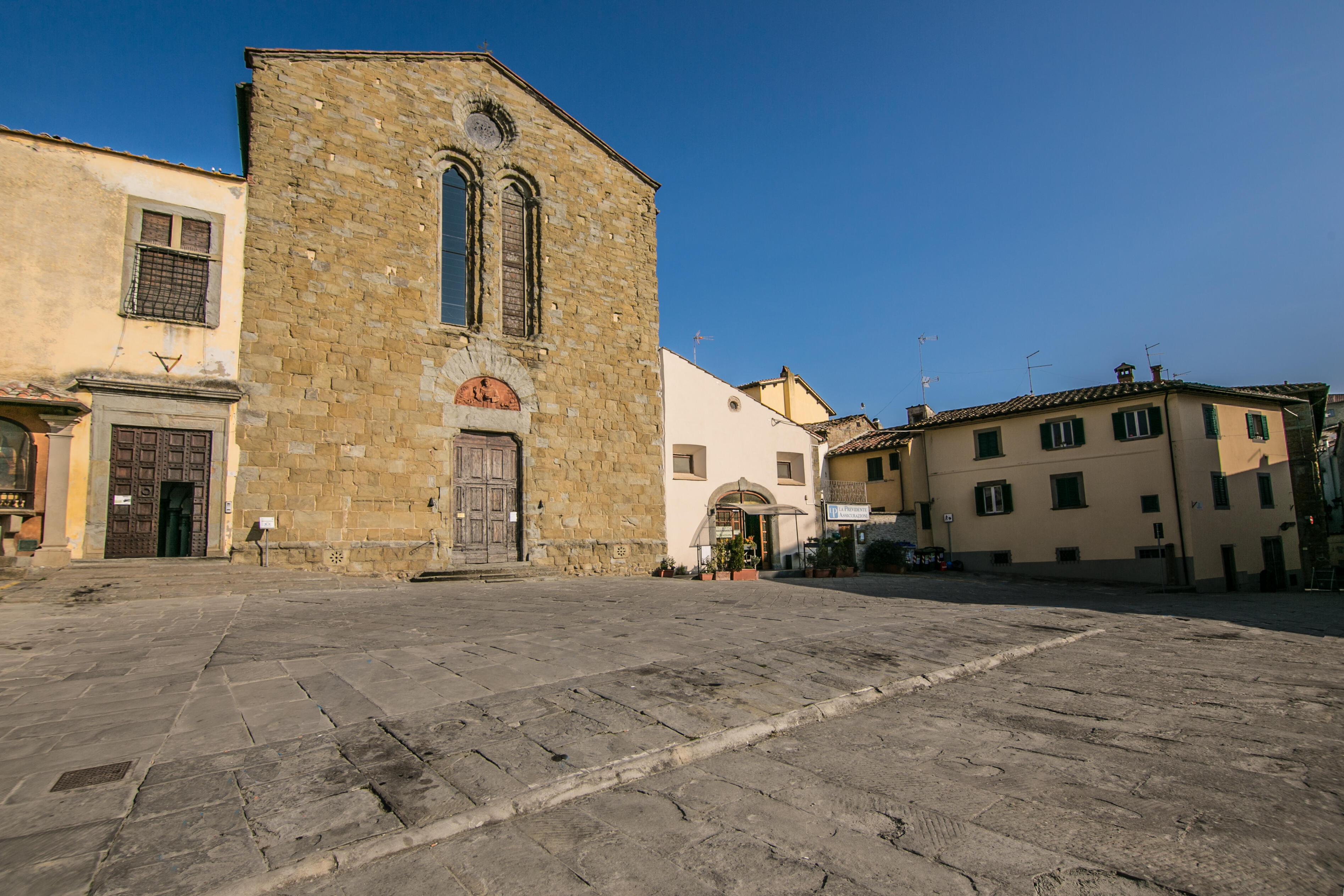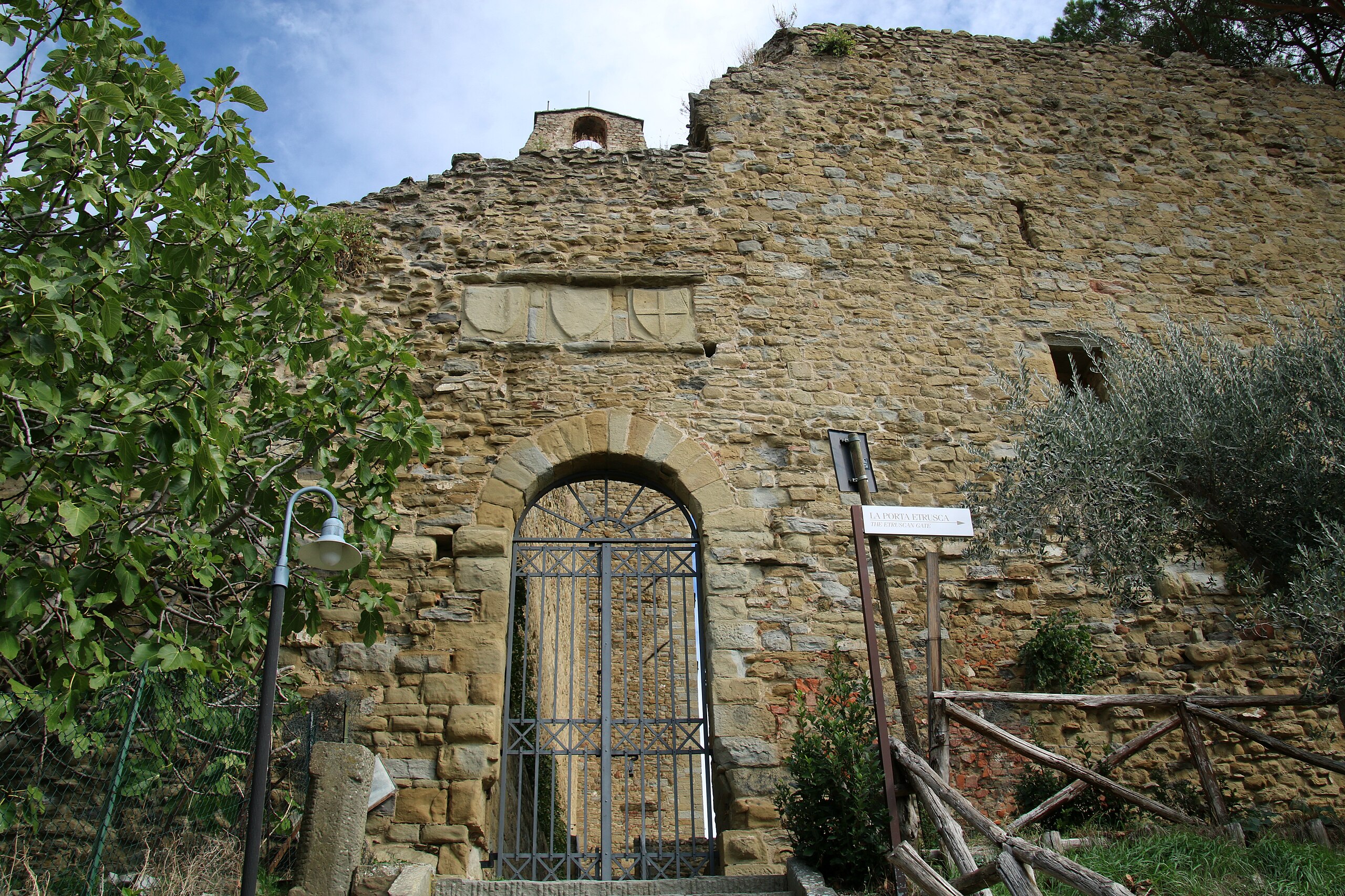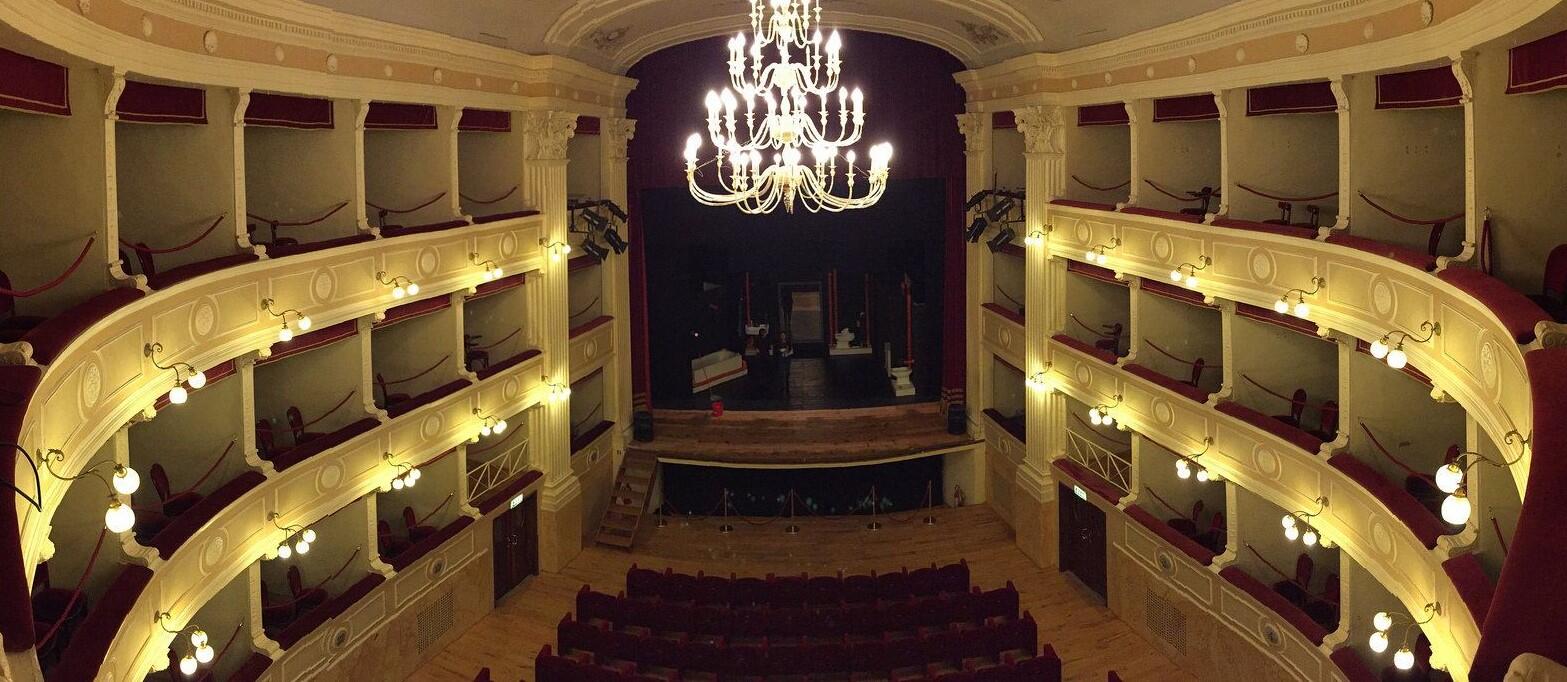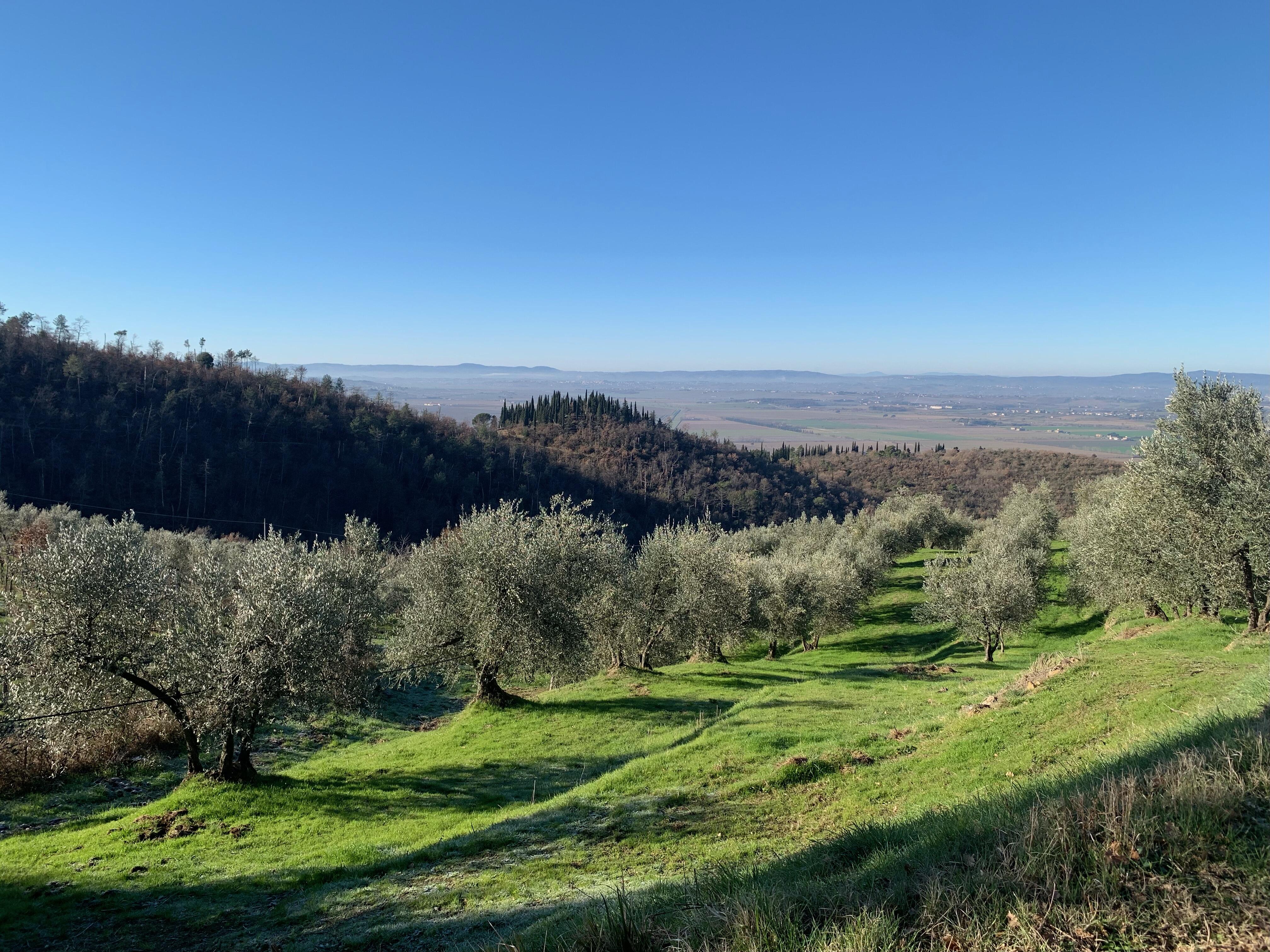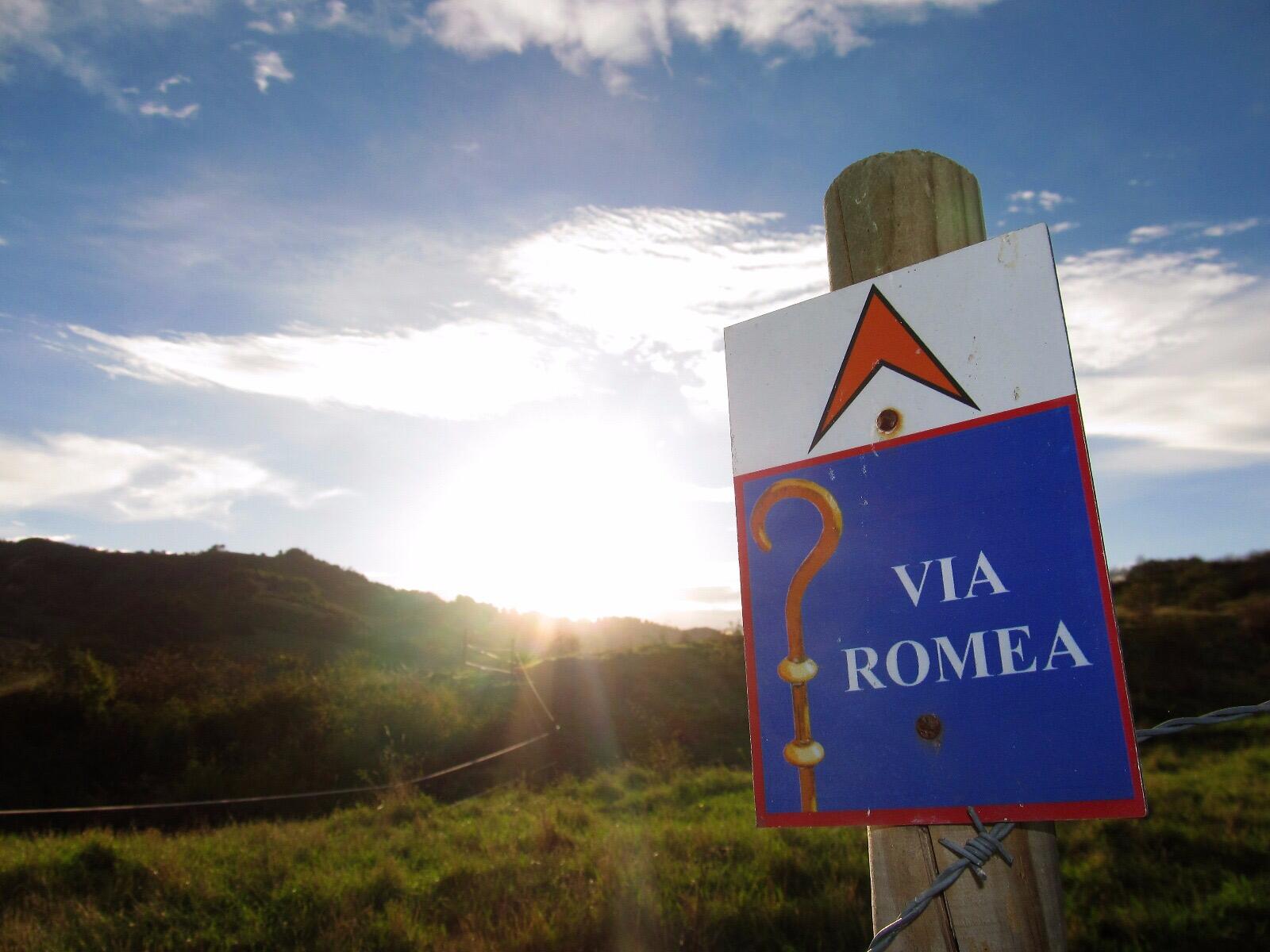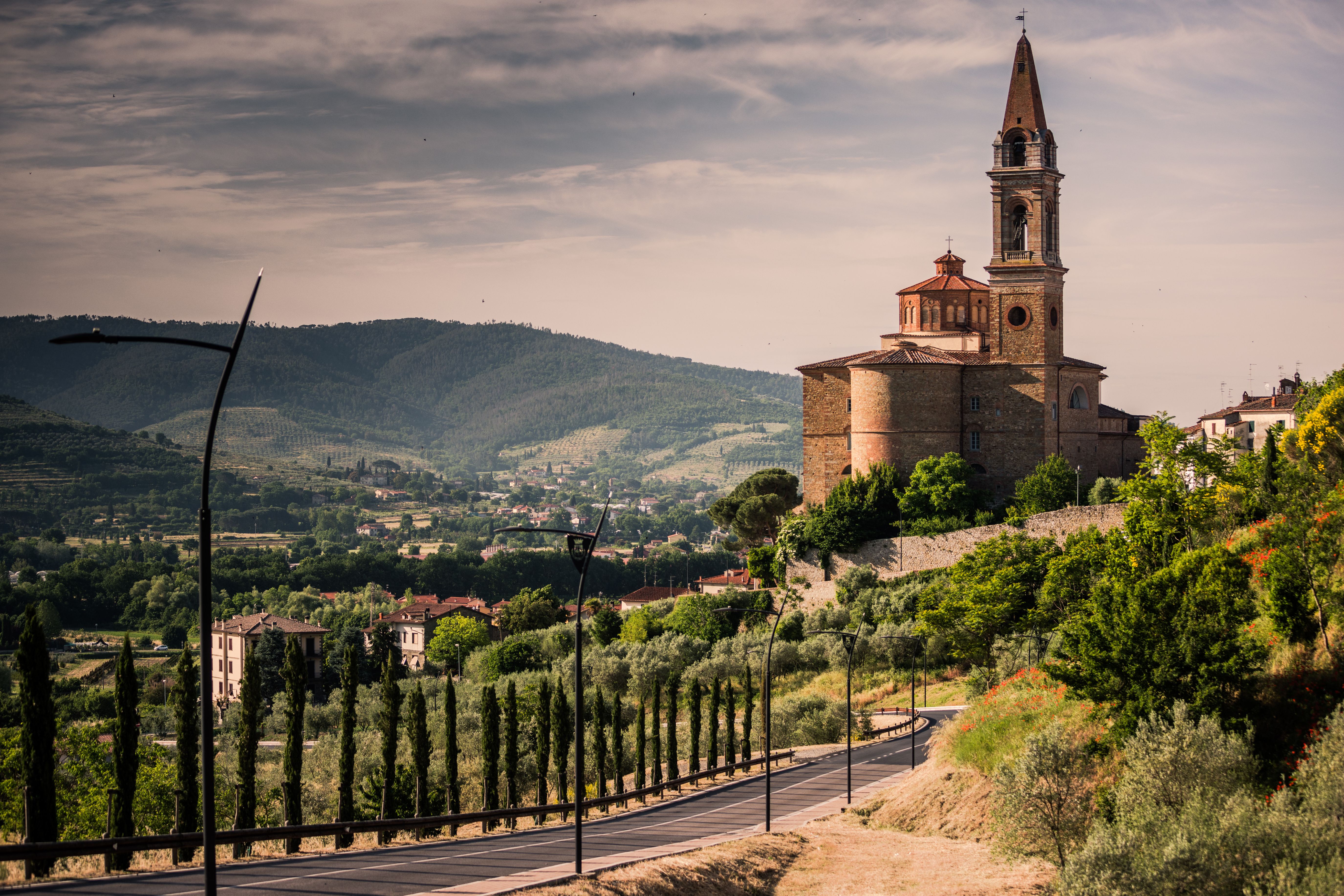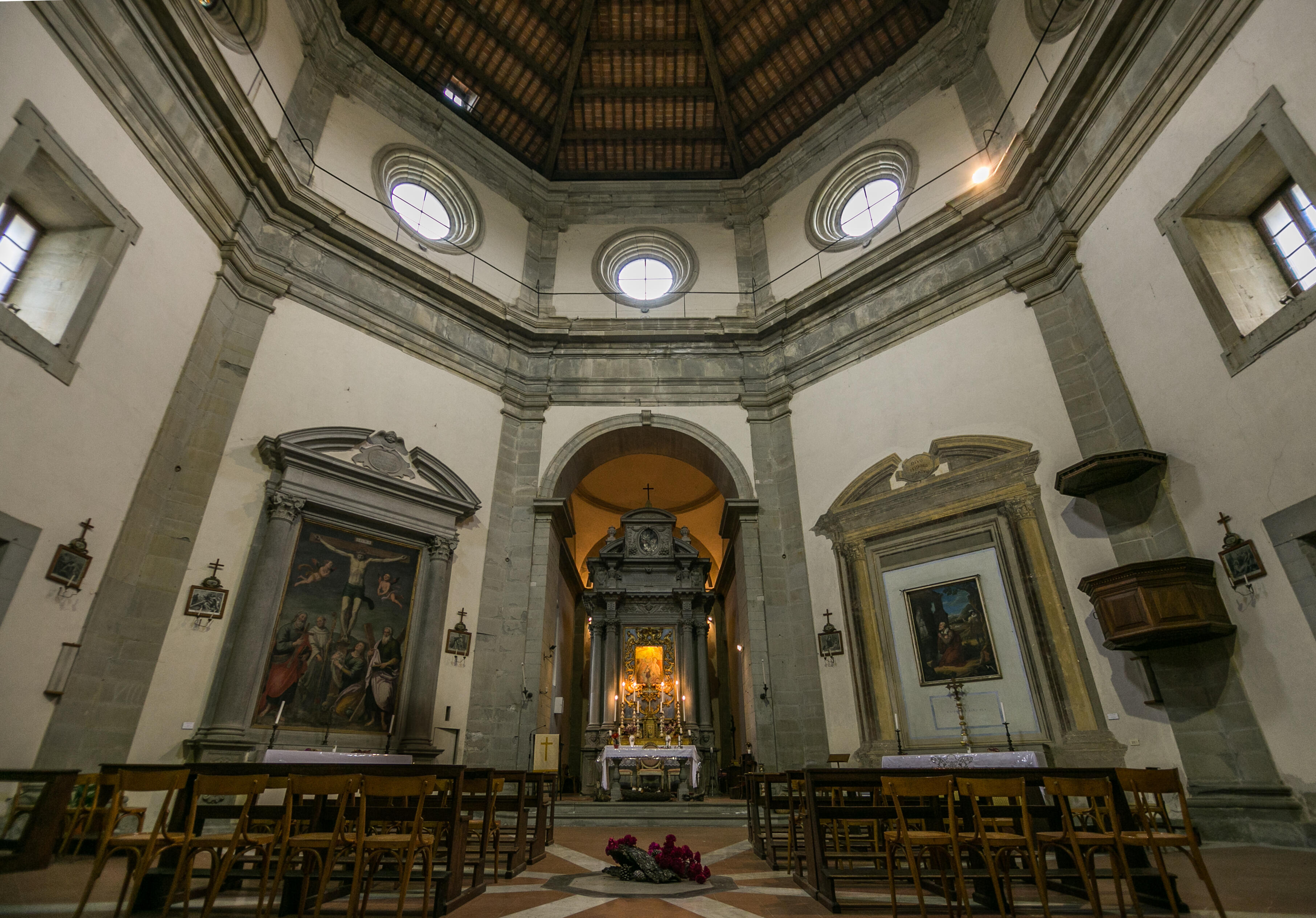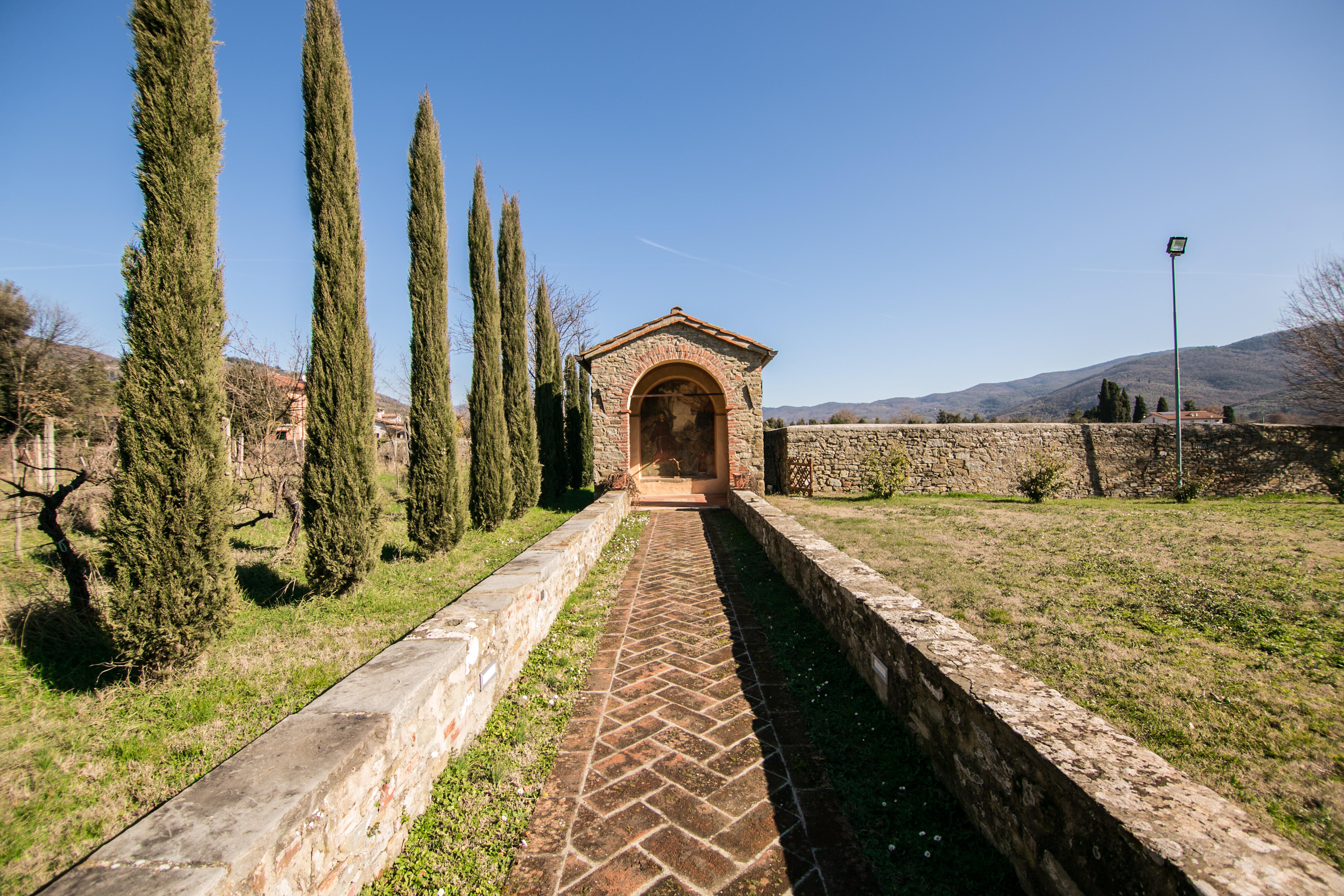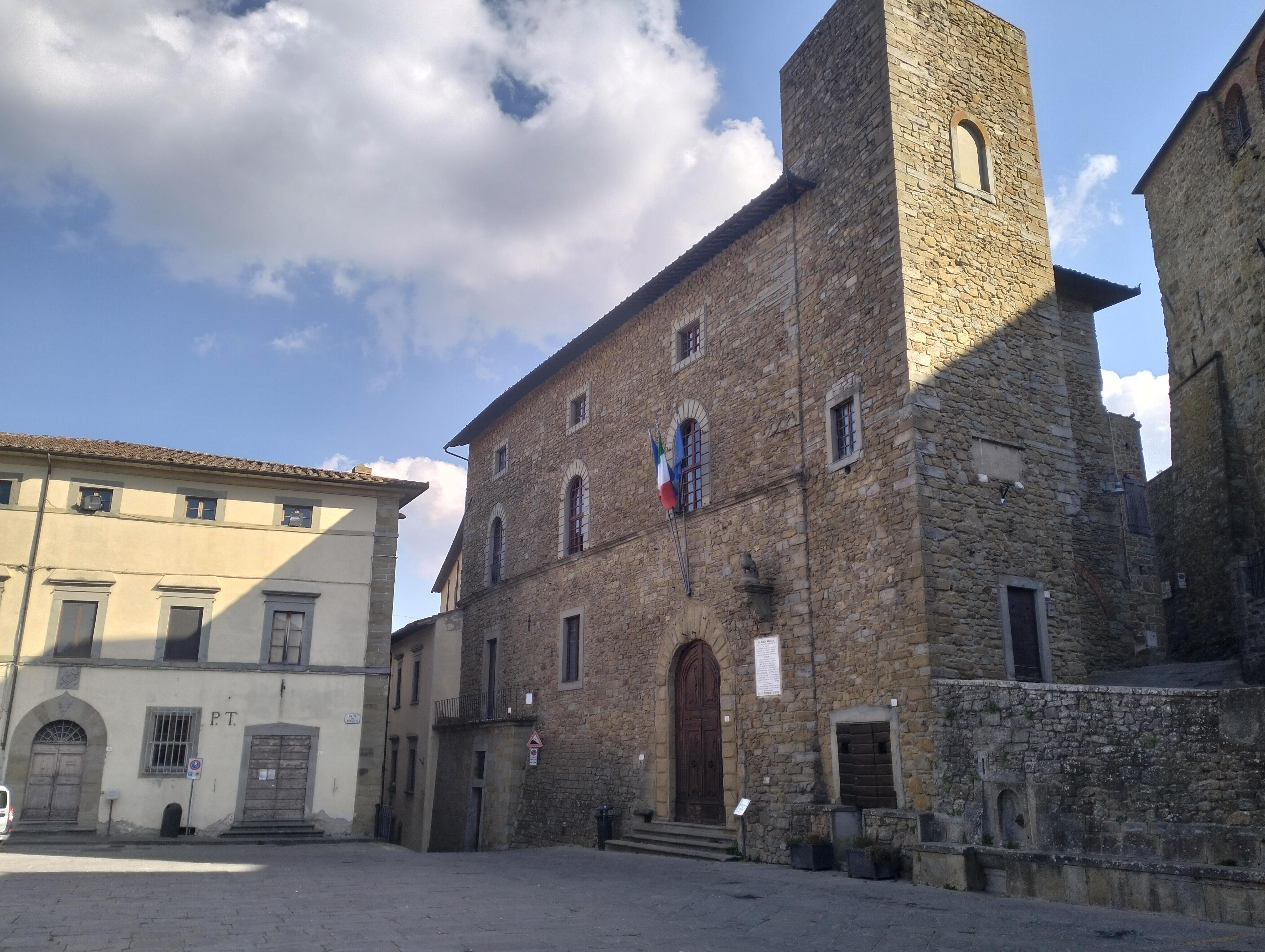POINT OF INTEREST
CHURCHES
Sanctuary of Santa Maria delle Grazie del Rivaio
The Sanctuary of Santa Maria delle Grazie in Castiglion Fiorentino stands in an area originally known as Rivaio, a name that emphasizes the presence of a small stream (rivus) that likely ran through the site.
The Sanctuary of Santa Maria delle Grazie in Castiglion Fiorentino stands in an area originally known as Rivaio, a name that emphasizes the presence of a small stream (rivus) that likely ran through the site.
There once stood a small shrine containing an image of the Virgin Mary holding the Child Jesus, the Madonna delle Grazie, which has always been an object of particular devotion and a place of pilgrimage for the local population.
A small oratory was built in 1625, but expansions soon became necessary, and a new building was erected between 1642 and 1655.
The image was moved to the new church, whose portico was originally crossed by the main road, the main route from Arezzo to Castiglioni.
The church's current appearance dates back to 1867. Inside, it houses a precious 16th-century wooden crucifix attributed to Romano Alberti, known as Nero dal Borgo.
A curiosity: the cloth around Christ's hips was made of real cloth, covered in plaster, and painted.
The Palio dei Rioni, run in June, is dedicated to the Madonna del Rivaio.
Images that tell a story
Welcome to our gallery: a collection of images that tell moments, emotions, and details that often escape words. Each shot is a fragment of history, a memory to share, a perspective to explore. Browse and let yourself be inspired.
How to Get Here
Address:
Via Della Madonna del Rivaio, 54, 52043 Castiglion Fiorentino AR
52043 Castiglion Fiorentino (Ar)
Contacts
Below are our contacts through which you can reach us:
Share the page
Below are our references through which you can contact us:


 ITA
ITA
